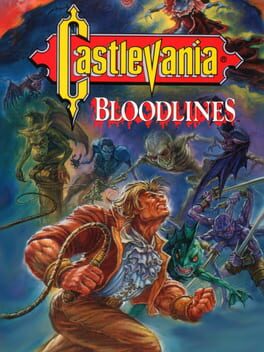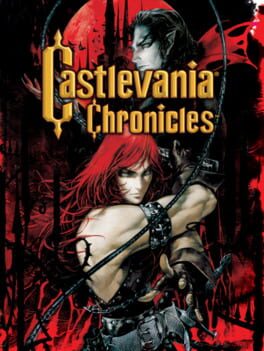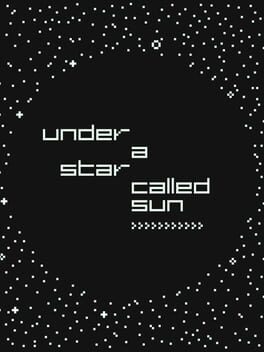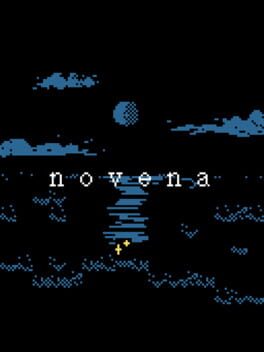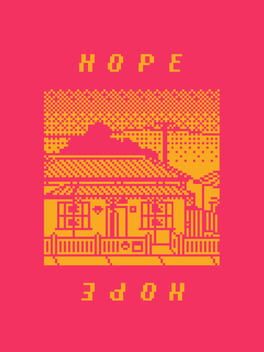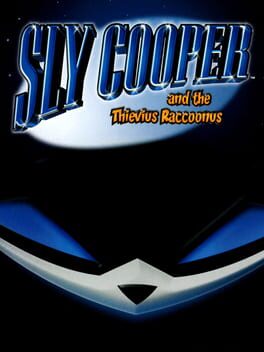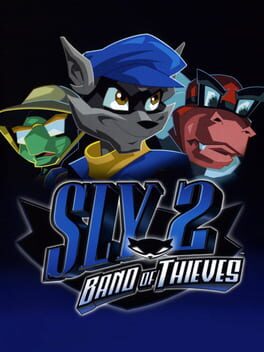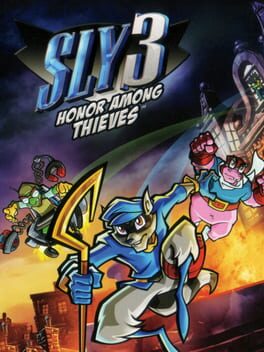1991
If you are coming from the NES games, this feels like a downgrade in every aspect except in the visuals. Levels go one after another, but the enemies and the jumps remain the same for long periods of time. Since you are larger now, one would think this would be more about whipping and dodging, but you would be wrong! This game feels like it doesn't know what it wants to do and it's very frustrating!
Anyway, almost everything can be saved because it still feels nice to move and the aesthetic can be jaw-droppingly gorgeous. But I would recommend playing it before any other game if you're new to the franchise.
Anyway, almost everything can be saved because it still feels nice to move and the aesthetic can be jaw-droppingly gorgeous. But I would recommend playing it before any other game if you're new to the franchise.
While Castlevania IV leaned into the Hideyuki Kikuchi facet of the franchise, Rondo of Blood goes full PC-98 with kinda standard anime aesthetics. Despite that, the game pulls its style off because of the novel approach towards level selection. This must have felt kinda standard for the console, but for a Castlevania player like me it felt incredibly refreshing. Besides, the push towards a more narrative-based presentation feels like it's done in good fun.
Review is for both versions, which are significantly different in many respects.
Castlevania (1993) has the reputation of being the hardest of the bunch, which I only think it's true if you don't try to replay it a second time. I think what made so many people mad was the fact that the game is basically pulling a Ghost n' Goblins on you, and that's really frustrating. But I would still play this because the look and the style is so magnificent.
It's lucky that we have the PSX version as well! The port launched just before the Igarashi era and it felt like a Greatest Hit compilation of every memorable level up to that time. It was fun to play, accesible, gorgeous, and had a banger soundtrack to boot. What a nice send-off to a whole era of design.
Castlevania (1993) has the reputation of being the hardest of the bunch, which I only think it's true if you don't try to replay it a second time. I think what made so many people mad was the fact that the game is basically pulling a Ghost n' Goblins on you, and that's really frustrating. But I would still play this because the look and the style is so magnificent.
It's lucky that we have the PSX version as well! The port launched just before the Igarashi era and it felt like a Greatest Hit compilation of every memorable level up to that time. It was fun to play, accesible, gorgeous, and had a banger soundtrack to boot. What a nice send-off to a whole era of design.
Me and my pal Hugo gushed about this game and others in his podcast (in Spanish, though) which you can find here. https://www.patreon.com/posts/52912441
2018
2020
2017
While Harmony of Dissonance holds a special place for me because it refined the SotN formula so well, I'll concede that Aria of Sorrow is probably the best put-together title of Igarashi's Advance trilogy. Basically every element that was already in previous titles has been systematized to its fullest, with an equipment system that incentivizes repetition and exploration while at the same time offering you a map that is incredibly easy to navigate.
If anything, this is the main thing that, to me, makes AoS less attractive for me. It all feels so curated, so carefully selected, that it doesn't allow for breath in the same way that the more chaotic HoD allowed. As for the story itself, I think it works fine providing closure to the whole Belmont/Dracula arc, but you can't escape the fact that this is set after a mysterious apocalyptic event that has never been told in any form as of today. That doesn't make this title less interesting, but it does make it incomplete somewhat.
If anything, this is the main thing that, to me, makes AoS less attractive for me. It all feels so curated, so carefully selected, that it doesn't allow for breath in the same way that the more chaotic HoD allowed. As for the story itself, I think it works fine providing closure to the whole Belmont/Dracula arc, but you can't escape the fact that this is set after a mysterious apocalyptic event that has never been told in any form as of today. That doesn't make this title less interesting, but it does make it incomplete somewhat.
I hate this game so much. So many hours spent looking for stupid Souls that I'm never going to use because it's all for completion sake. The game itself plays fine as it is, but the story is so barebones and forced that I can't bring myself to care. The art change doesn't help either. Anyway, if you liked it more power to you, but this is just not for me.
The black sheep of the Advance trilogy that, like Dark Souls 2 today or Castlevania 2: Simon's Quest before, gets maligned by unfortunate circumstance or badly cloaked prejudices against the fact that this wasn't made by Igarashi's team.
It has been argued before that this game feels like a mix between Symphony of the Night and Super Metroid, and I think that's a fair assessment. Despite providing a map that is open for exploration "on paper", you spend most of the time figuring out what your newly acquired abilities are able to open, so that you can explore further areas of the castle, until reaching for the key items that are needed to open the main boss that is near the beginning of the game. An easy to understand concept that is spiced with some customization prompts via a card system that reminds me of the Materia one from FFVII. All in all, a pretty decent title that feels closer to Rondo of Blood and the NES titles than its immediate predecessor.
It has been argued before that this game feels like a mix between Symphony of the Night and Super Metroid, and I think that's a fair assessment. Despite providing a map that is open for exploration "on paper", you spend most of the time figuring out what your newly acquired abilities are able to open, so that you can explore further areas of the castle, until reaching for the key items that are needed to open the main boss that is near the beginning of the game. An easy to understand concept that is spiced with some customization prompts via a card system that reminds me of the Materia one from FFVII. All in all, a pretty decent title that feels closer to Rondo of Blood and the NES titles than its immediate predecessor.
A very conservative platformer that still manages to surprise by virtue of its inmense diversity and great characters. You really feel like you're the leader of the gang by the time you're done with the first world, and the fact that the game doesn't diverge much from its main course makes it very enjoyable. The main thing that I would set against it (aside from some implementation and camera issues) is the fact that you don't really get to know these characters beyond their superficial introduction, which is a shame because it seems like they could come to life if given more room to breathe.
The last title of the original trilogy of Ratchet & Clank is also the one that strays further from its platforming roots and into the then-revitalized third-person action shooter. Unlike earlier entries, this game is all about the shooting and the jumping around, which manages to be as entertaining as in Going Commando. Despite that, it is clear that experimentation has been pushed away from providing a central experience, one that isn't so concerned about having a diverse array of gadgets than about having an efficient and competent set of weapons. If it feels like a slight difference, try to maximize them after the first playthrough and you'll notice how big it gets. While it still tries to be a large toybox, it'd seem as if the developers have thrown away the ones that were more difficult to deal with. And that's a shame.
In many ways, this feels like a natural progression of the first game's mechanics, but that's a very well-crafted illusion for what is essentially a complete overhaul on the mechanics and rhythm of the game. The fact that it works so well and manages to do so, so much with it before the endgame makes it an incredible piece of work that it's only surpassed by its sequel.
What a great, nice bow of an ending. The way the developers allowed the story of Sly to finish in such a conclusive way is something that you seldom see nowadays in franchises of this size anymore. Added to that the sheer mechanical diversity of each stage and you're presented with something that, weirdly enough, seems to approach the sensibility of a graphical adventure that was very good at its arcade challenges. It's understandable that many games don't go this hard on presenting you with such a variety of options (I can't imagine how costly it is today), but the real merit goes to the fact that almost all of them are entertaining and enjoyable in their own right, and don't feel meshed together in an incoherent mix of content.


